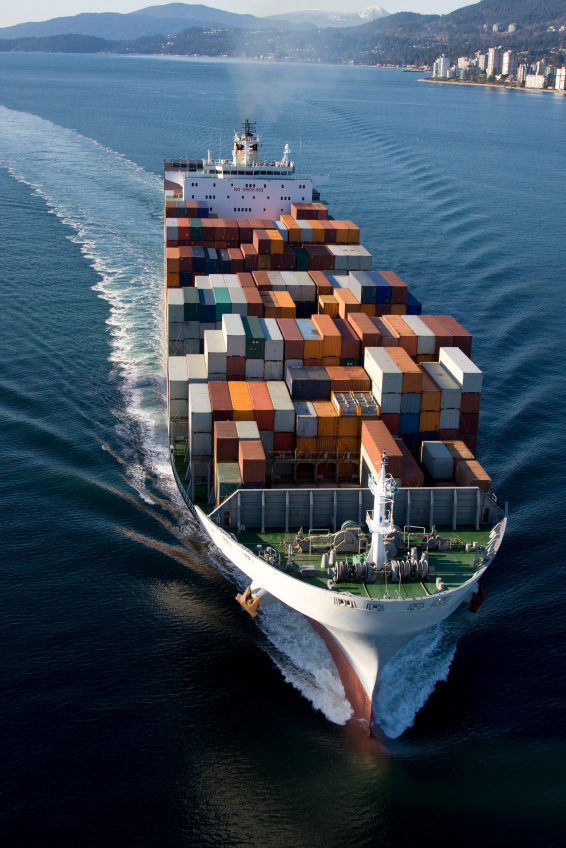To move forward in a changing world, Canada needs clear thinking around important maritime governance issues that have an environmental risk component. We should not be afraid of dialogue and debate. K. Joseph Spears in this March 2013 BC Shipping News article looks at the importance of environmental navigation by examining the Canadian Coast Guard’s Vessel Traffic Management with a particular focus on Canada’s West Coast waters. The future regulation of shipping on Canada’s Pacific Coast will determine access to export markets.
Vessel Traffic Management on the Canadian Pacific Coast
Canada has been a leader on environmental navigation through Vessel Traffic Management schemes (VTS) since these radical ideas were first proposed. The late Captain Dave Brenner was a driving force in developing this regime. In fact, Canada led the world on the shore-based control of shipping in the 1970s. There has always been a conflict between freedom of navigation, often regulated by the flag state, and regulation by the coastal state and its shore-based controllers. Some of the world’s first vessel traffic schemes were put in place in the approaches to Canso Strait and the Bay of Fundy by the Canadian government in response to the M/V Arrow oil spill in 1970. At that time, control of shipping by the coastal state was considered controversial as it took away the right of freedom of navigation. Over time, VTS has matured as an accepted component of navigation in conjunction with compulsory pilotage.

